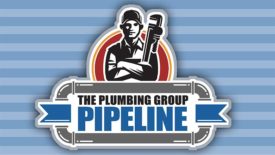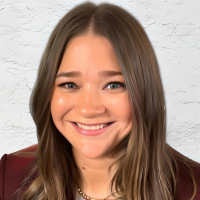Featured on Home Page
Selecting pipe size is not as simple as looking at a chart.
Read More
Water Wisdom: Instructor-led training proves a hit with water treatment industry
Demand increasing for skilled, certified professionals.
November 8, 2022
New standard addresses water quality for closed-loop hydronic systems
But it’s just water, isn’t it?
November 7, 2022
Matt Michel: 8 steps to beating the big tech algorithm
Become the local plumber.
November 7, 2022
Christoph Lohr: Plumbing research and the larger picture
Misunderstanding Roy — Part 4
November 4, 2022
Dave Yates: The U.S. power grid is not ready to handle the increased demand for electricity
Are we idiot-proof?
November 4, 2022
Kenny Chapman: Decision fatigue dragging you down?
6 ways to overcome it.
November 3, 2022
Dan Holohan: Why we use 180 degrees for hot-water systems
The history of The Carbon Club.
November 2, 2022
John Siegenthaler: Variable speed circulators for boiler protection
Creating a thermal clutch to regulate energy transfer.
November 1, 2022
Keep your content unclogged with our newsletters!
Stay in the know on the latest plumbing & piping industry trends.
JOIN TODAY!Copyright ©2024. All Rights Reserved BNP Media.
Design, CMS, Hosting & Web Development :: ePublishing




















